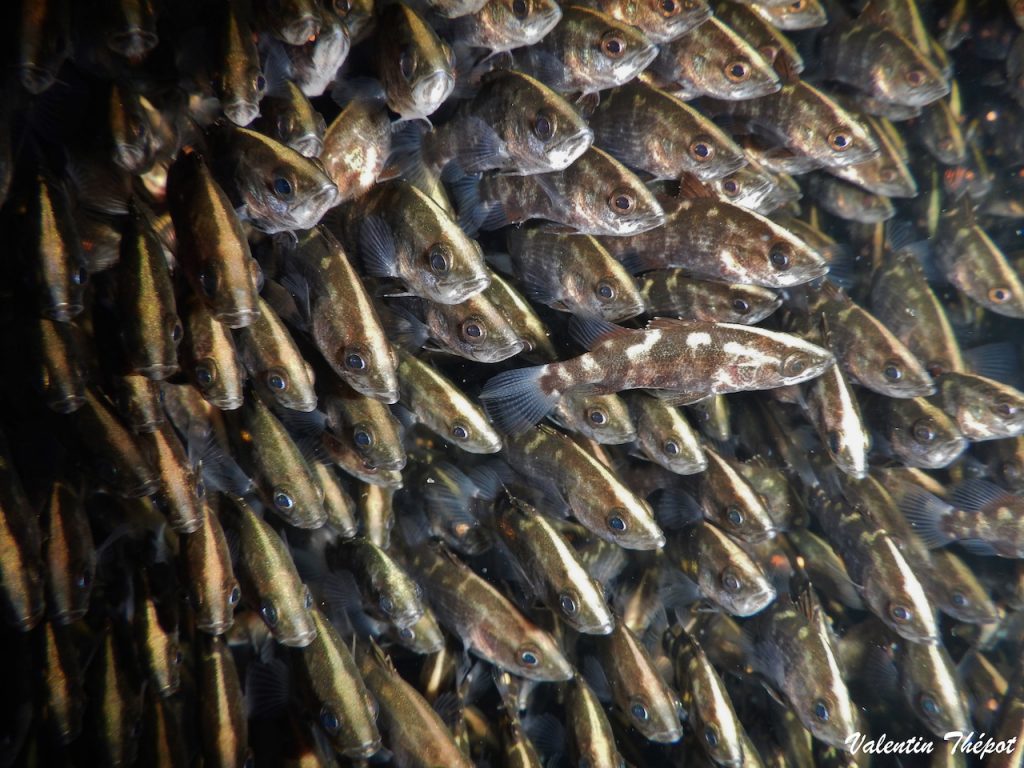
Features
Research
Bigger barra faster
December 2, 2014 By Quentin Dodd
 Scientists can now take larvae at 18 days old and determine which barramundi from which parents will grow the quickest.
Scientists can now take larvae at 18 days old and determine which barramundi from which parents will grow the quickest.Scientists at Australia’s James Cook University (JCU) in Queensland are optimistic that there is a way to identify which barramundi can grow the biggest – fastest.
A program targeted at getting barramundi onto the plate quickly and cheaply prompted a study to see which barramundi parents produce the fastest growing fingerlings – a benefit to both industry and consumer.
The researchers, working alongside Dr Jose Domingos from JCU’s Centre for Tropical Sustainable Fisheries and Aquaculture (CTSFA) in Townsville, have identified fundamental cellular processes that are indicative of fast growth.
JCU researchers used genetic techniques to look at the ratio of RNA (an indicator of cell growth) to DNA in the barramundi babies.
“We have shown that offspring with the highest RNA:DNA ratio will have the fastest long-term growth through to harvest size,” he said.
“We can now take fish larvae at 18 days old and tell the farmer which barramundi from which parents will grow the quickest,” said Dr Domingos.
Until now, Domingos explained, farmers had to wait about 18 months until their barra offspring had grownout before they could determine which parents produced the fastest-growing offspring. This meant having to keep large numbers of broodstock on hand – an expensive proposition.
Now scientists can help barramundi hatcheries and farmers rapidly identify the parents with the best-growing youngsters. Weeding out the less productive parents will reduce feed and other husbandry costs, have less effect on the environment, and boost production.
The JCU project, is aided by funding from the Australian Research Council’s Industry Linkage program in partnership with Mainstream Aquaculture.
Apparently, barramundi is the fastest growing aquaculture sector in Queensland, with more of the popular white fish coming from farms than are caught in the wild.
– Quentin Dodd
Print this page





